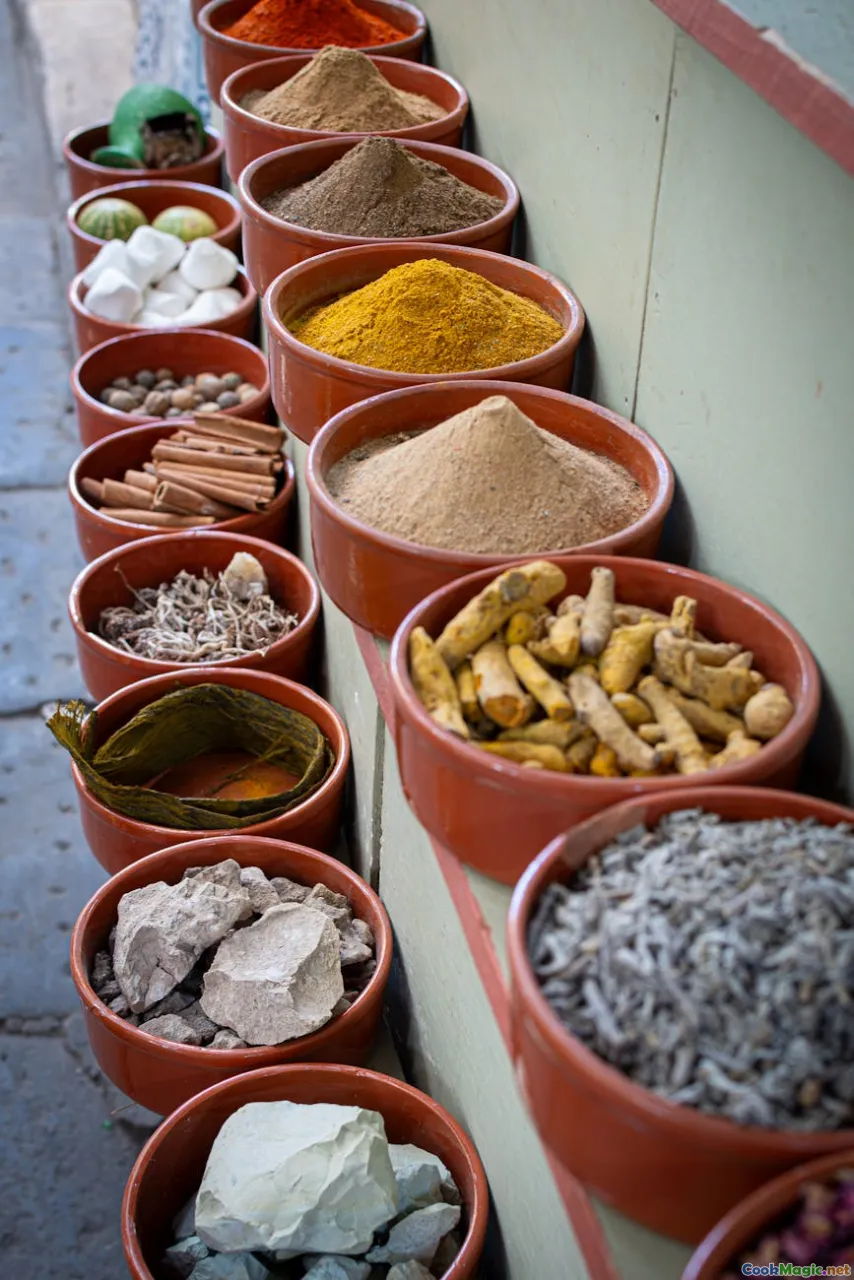Sourcing Spices for Tunisian Tagine Success
8 min read Discover the art and tradition of sourcing authentic Tunisian spices to elevate your tagine, blending history, culture, and flavor into every dish. May 29, 2025 06:00
Sourcing Spices for Tunisian Tagine Success
Imagine the aroma of a simmering Tunisian tagine wafting through the air — a complex symphony of spices, earthy undertones, and fragrant herbs that transport you straight into the bustling souks of Tunis. Achieving that depth of flavor isn’t accidental; it’s a carefully curated journey through the vibrant spice markets, a quest for authenticity that begins with sourcing the right ingredients. In this article, we delve into the rich world of Tunisian spices, exploring how sourcing them properly can transform your tagine from a simple dish into a culinary masterpiece.
The Cultural Tapestry of Tunisian Spices
Tunisian cuisine is an intricate mosaic, woven from centuries of Mediterranean, Arab, Berber, and Ottoman influences. Central to this culinary identity are the bold, aromatic spices that define its flavor profile. Unlike some North African cuisines, Tunisian cooking tends to favor a balance of heat, earthiness, and bright freshness — a reflection of its geographical crossroads.
Spices such as cumin, coriander, paprika, harissa, and caraway are staples, but it’s their quality and freshness that make all the difference. The local markets—souks—are treasure troves, bursting with vibrant colors and pungent aromas, each stall boasting a different story and tradition.
Understanding the cultural significance of these spices is essential. For Tunisians, spices are not just ingredients; they are carriers of history, identity, and communal memories. When sourcing spices, you’re not merely buying flavor — you’re preserving a cultural heritage.
The Journey of Sourcing Spices: From Market to Kitchen
1. Exploring Authentic Souks and Markets
The most authentic spices come from markets that have been serving communities for generations. In Tunisia, the Medina of TunisandSfax are renowned for their bustling souks where vendors offer freshly ground and whole spices.
When visiting these markets, approach spice stalls with curiosity and patience. Engage in conversations, ask about the origin of their products, and observe the vendors’ methods. Freshly ground spices emit a vibrant aroma that can’t be matched by pre-packaged options. Look for vibrant colors, a strong scent, and a clean, dry texture.
2. The Importance of Whole vs. Ground Spices
Whole spices retain their essential oils longer and can be ground fresh for each use, ensuring maximum flavor. For a Tunisian tagine, consider sourcing whole cumin seeds, coriander pods, and black peppercorns. Invest in a good spice grinder or mortar and pestle — the ritual of grinding adds an extra layer of freshness and aroma.
3. Understanding Regional Variations and Quality
Spice quality varies depending on source, harvest, and processing. For example, Tunisian paprika is often smoked, adding a distinctive depth, while Moroccan brands might differ slightly. Seek out suppliers who prioritize organic and traditional methods.
4. Where to Buy Quality Spices Outside Tunisia
For those outside Tunisia, specialty stores, Mediterranean markets, and online retailers are excellent sources. Look for vendors who provide detailed descriptions of their products, including origin, harvesting methods, and processing.
Websites like Spice Jungle, The Spice House, or local specialty shops often stock authentic Tunisian spices or their closest equivalents.
Building a Spice Pantry for Tunisian Cooking
Essential Spices for Tunisian Tagine
- Cumin: Earthy and warm, essential for depth.
- Coriander: Citrus undertones that brighten dishes.
- Paprika: Smoked or sweet, adds color and smoky richness.
- Harissa: A fiery chili paste or powder, a cornerstone of Tunisian heat.
- Caraway: Nutty and slightly peppery, often used in bread and stews.
- Turmeric: For color and subtle earthiness.
- Allspice and Cloves: For aromatic complexity.
Tips for Sourcing and Storing Spices
- Buy in small quantities: Freshness is key.
- Store in airtight, opaque containers: Keep spices away from light, heat, and moisture.
- Label clearly: Date of purchase and origin.
- Regularly refresh your stock: Spices lose potency over time.
The Personal Touch
I remember my first visit to a Tunisian spice market — the air thick with the scent of roasting peppers and toasted cumin seeds. That experience underscored the importance of sourcing authentic spices. Since then, I’ve made it a ritual to visit local markets whenever I travel or to seek out trusted suppliers online. The difference in flavor is astonishing.
The Impact of Quality Spices on Your Tagine
A well-sourced, freshly ground spice blend can elevate your Tunisian tagine from a simple stew to a sensory celebration. The aroma alone—combining smoky paprika, pungent cumin, and fiery harissa—will fill your kitchen with warmth and promise.
The texture matters too. Coarse ground spices provide a different mouthfeel and release flavors gradually, creating depth. The balance of heat and earthiness, achieved through precise sourcing, is what makes a true Tunisian tagine stand out.
Personal Reflection
In my own cooking, I’ve noticed that when I take the time to source high-quality spices, every layer of flavor is more pronounced. It’s a small investment that yields exponential results. The process of selecting, grinding, and mixing spices connects me to Tunisian culinary traditions — a ritual of respect and passion.
Final Thoughts: Sourcing as a Culinary Philosophy
Authentic Tunisian cuisine thrives on the quality of its ingredients. Sourcing spices with intention and care isn’t just about flavor; it’s about honoring a culture, supporting sustainable practices, and creating memorable meals.
Next time you plan a Tunisian-inspired dish, remember that the journey begins long before the pot hits the stove. It starts in the vibrant markets, with the careful selection of each spice, and continues through your own kitchen, where tradition and creativity blend into a dish that tells a story.
Embrace the adventure of spice sourcing, and let your Tunisian tagine be a testament to the richness of tradition, the thrill of discovery, and the joy of authentic flavors.
Bon appétit — or as Tunisians say, "Besseha!"









